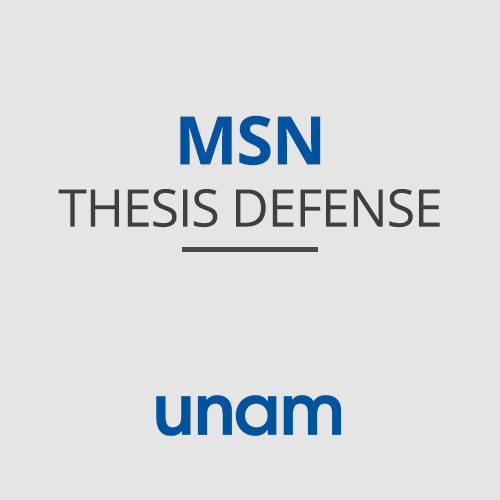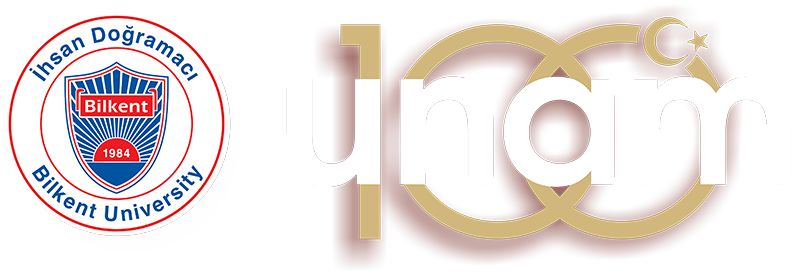
- This event has passed.
Thermal Drawing Of Low-Dimensional Material-Integrated Triboelectric Fibers For Healthcare Applications
July 18 @ 14:00 - 15:00

Thermal Drawing Of Low-Dimensional Material-Integrated Triboelectric Fibers For Healthcare Applications
MSc Thesis Defense
Md Sazid Bin Sadeque
Advisor – Mustafa Ordu
Abstract: The potential of flexible wearable devices and sensors to revolutionize healthcare lies in their ability to facilitate real-time monitoring. However, many of these wearable sensors are extensive energy consumers, and the requirement of bulky energy storage devices significantly hampers their acceptability. Currently available sensing devices mostly employ film-based devices, which lack breathability, reducing their applicability in widespread healthcare applications. Triboelectric nanogenerators (TENGs) are environmentally sustainable devices that convert mechanical and biomechanical energy into electrical output through the synergetic processes of triboelectrification and electrostatic induction. These devices effectively harvest low-frequency mechanical and biomechanical energy and enable self-powered sensing. TENG performance can be enhanced by incorporating low dimensional materials with high specific surface area into flexible ferroelectric polymers. Ferroelectric polyvinylidene fluoride (PVDF) and its copolymers are particularly advantageous due to their high dielectric constant and abundant highly electronegative fluorine ions. Various low dimensional materials can interact with the polar groups of PVDF and reorient them to conform to electroactive phases. Moreover, they can also form micro-capacitors and modulate the surface properties of nanocomposite. In this thesis, we aim to prepare a triboelectric nanogenerator integrated textile fiber with self-energy generating ability and breathability as textiles. We employed the thermal drawing process as a fabrication platform for preparing continuous triboelectric fibers. Graphene nanoplatelet (GNP) and Molybdenum disulfide (MoS2) are added to the PVDF matrix to improve triboelectric properties. β phases of thermally drawn nanocomposite fibers demonstrate significant improvement and were increases to 37.6%, 39.5%, and 43.3% for 1, 3, 5% GNP integration. For the case of MoS2, β phase increases to 47.5% for 3 wt% MoS2; however, β phase decreases beyond 3 wt%. The nanocomposite TENG fibers demonstrate improved triboelectric properties. The fibers show superior sensitivity, flexibility and durability, enabling their applications in critical healthcare applications.
Keywords: Triboelectric nanogenerator, thermal drawing, wearable sensors, respiration monitoring, blinking monitoring.

